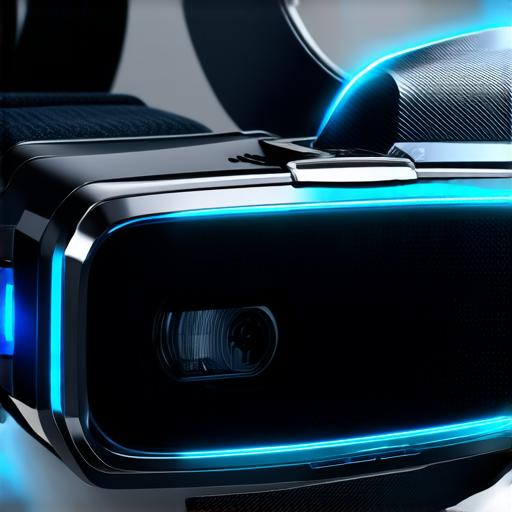
What does the “pass-through” feature do in a virtual reality headset?
What is Pass-Through Feature?
The pass-through feature allows you to view the real world through your VR headset while still wearing it. This means that instead of immersing yourself in a virtual environment, you can see the physical surroundings around you. The pass-through feature is designed to provide developers with an alternative way of using their VR headset and can be useful in various applications such as training simulations, remote collaboration, and even education.
Why Use Pass-Through Feature?
There are several reasons why the pass-through feature is becoming increasingly popular among virtual reality developers. Firstly, it allows you to continue working on your project while still wearing your VR headset. This means that you can easily switch between working in a virtual environment and viewing the real world around you, making it easier to collaborate with team members or troubleshoot issues.
Secondly, the pass-through feature is an excellent tool for training simulations. Instead of being completely immersed in a virtual environment, trainees can see their surroundings while still wearing the headset. This allows them to maintain a sense of reality and better understand how to apply what they have learned in a practical setting.
Thirdly, the pass-through feature is useful for education. With the ability to view the real world through the VR headset, students can learn about different subjects in an engaging and interactive way. For example, history students can explore ancient ruins or art students can study the works of famous artists while still wearing their headsets.
Real-Life Examples of Pass-Through Feature in Action
One company that has successfully integrated the pass-through feature into its VR headset is HTC. Their Vive Pro Eye headset includes a built-in camera that allows users to view their surroundings while still wearing the headset. This feature has been particularly useful for training simulations in industries such as healthcare, aviation, and manufacturing.
Another company that has implemented the pass-through feature is Oculus. Their Quest 2 headset includes a built-in camera that allows users to view their surroundings while still wearing the headset. This feature has been popular among remote workers who want to collaborate with team members without having to physically be in the same location.
FAQs
Q: What is pass-through feature?
Pass-through feature allows you to view the real world through your VR headset while still wearing it.
Q: How does pass-through feature work?

The pass-through feature uses a built-in camera that projects an image of your surroundings onto the display screen of the VR headset.
Q: What are some benefits of using pass-through feature?
Pass-through feature allows you to continue working on your project while still wearing your headset, it is an excellent tool for training simulations, and it is useful for education.
Summary
The pass-through feature is a powerful tool that can benefit virtual reality developers in various ways. Whether you are using it for training simulations, remote collaboration, or education, the pass-through feature can help you achieve your goals more efficiently. By understanding how the pass-through feature works and its benefits, you can make an informed decision about whether it is right for your project.


